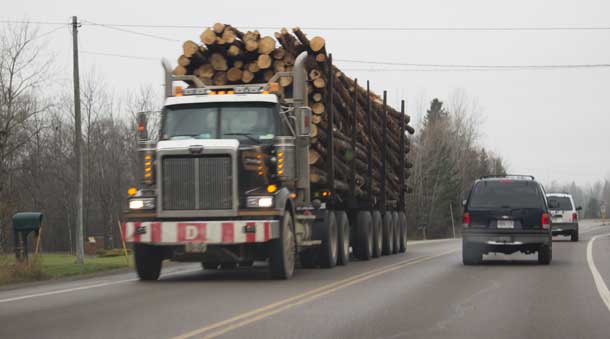Toronto – Today the Grassy Narrows First Nation are filing legal proceedings against Ontario asking the Divisional Court to overturn provincial plans for a decade of clearcut logging on Grassy Narrows’ homeland.
The Grassy Narrows First Nation state in a media release – “This small Indigenous community fears that clearcut logging will release mercury into local waterways further poisoning local fish and people who already bear the burden of mercury that was dumped into their river by a paper mill in the 1960s. Grassy Narrows alleges that the logging plan will prolong and deepen the ongoing tragedy of mercury poisoning in their community and therefore violates their Charter rights to security and freedom from discrimination. This could become the first case to successfully use the Canadian Charter of Rights and Freedoms to protect people against harm and discrimination arising from environmental degradation”.
“It saddens me that we are forced to fight in court to protect our children from the dangerous mercury impacts of clearcut logging,” said Grassy Narrow Chief Roger Fobister Sr. “I hope that the court will finally end Ontario’s long legacy of forcing harmful decisions on our families and our homeland.”
Scientific research indicates that clearcut logging in the boreal forest can raise mercury levels in local fish above the limit for safe human consumption. Many of the lakes in areas where logging will take place already faces fish consumption restrictions due to the past industrial dumping of mercury. Despite this evidence, Ontario refused Grassy Narrows’ request for an environmental assessment of the impacts of clearcut logging on the health of the community, its waterways, and its fish. The 1,200 plus page logging plan approved by Ontario does not even contain the word ‘mercury’.
After repeated attempts to convince Ontario to withdraw the clearcut logging plan, today Grassy Narrows commenced an application for judicial review in the Ontario Divisional Court. Among other things, the application asks the Court to overturn the government’s approval of the clearcut logging plan, and refusal to conduct an individual environmental assessment of the mercury impacts of the plan.
“When I was pregnant I couldn’t afford to buy food at the store, so I ate what my grandfather brought home – mostly fish. Now I cry because I fear that my daughter may suffer for her whole life. She deserves to live a good life and be happy,” said Grassy Narrows mother Sherry Fobister, an applicant in the lawsuit. “This pain is never going to end if Ontario allows clearcut logging to add even more mercury into our river.”
The MNRF’s own response to Grassy Narrows’ request for environmental assessment stated that “[t]he potential for forest management activities to result in mobilization of terrestrial mercury into aquatic systems is well documented and a serious concern.” MNRF further acknowledged that “[t]here are no claims that [provincial logging rules] direction and application of the [provincial logging rules] will mitigate or eliminate Hg [mercury] mobilization.” Nevertheless, in December 2013, Ontario gave the green light for the clearcut logging plan. In December 2014, Ontario formally refused Grassy Narrows’ request that the mercury impacts of the logging plan be identified and evaluated in an environmental assessment of any logging operations. Clearcut logging under the plan could begin on Grassy Narrows’ homeland as soon as 2016.
“We are asking the court to intervene to ensure that the basic rights of all Canadians, including the right to be safe from harm imposed by the government and the right to be free of discrimination, are finally upheld in Grassy Narrows,” said Joseph Castrilli, legal counsel at the Canadian Environmental Law Association which is acting for Grassy Narrows. “Our clients believe that the members of Grassy Narrows have endured far too much harm and, therefore, are owed the highest degree of precaution and environmental justice.”
Grassy Narrows is the home of one of Canada’s most infamous environmental health crises. Many people in this fishing community are still suffering from the toxic effects arising from the discharge of 9,000 kg of mercury from a paper mill into the Wabigoon River in the 1960s. Forty five years after the dumping was curtailed, mercury levels in the river remain in the highest risk category and in some areas close to Grassy Narrows the mercury levels in the river sediment are still rising. Nothing has ever been done to clean up the river even though a joint Ontario-Canada scientific panel recommended specific remediation measures in 1983.







